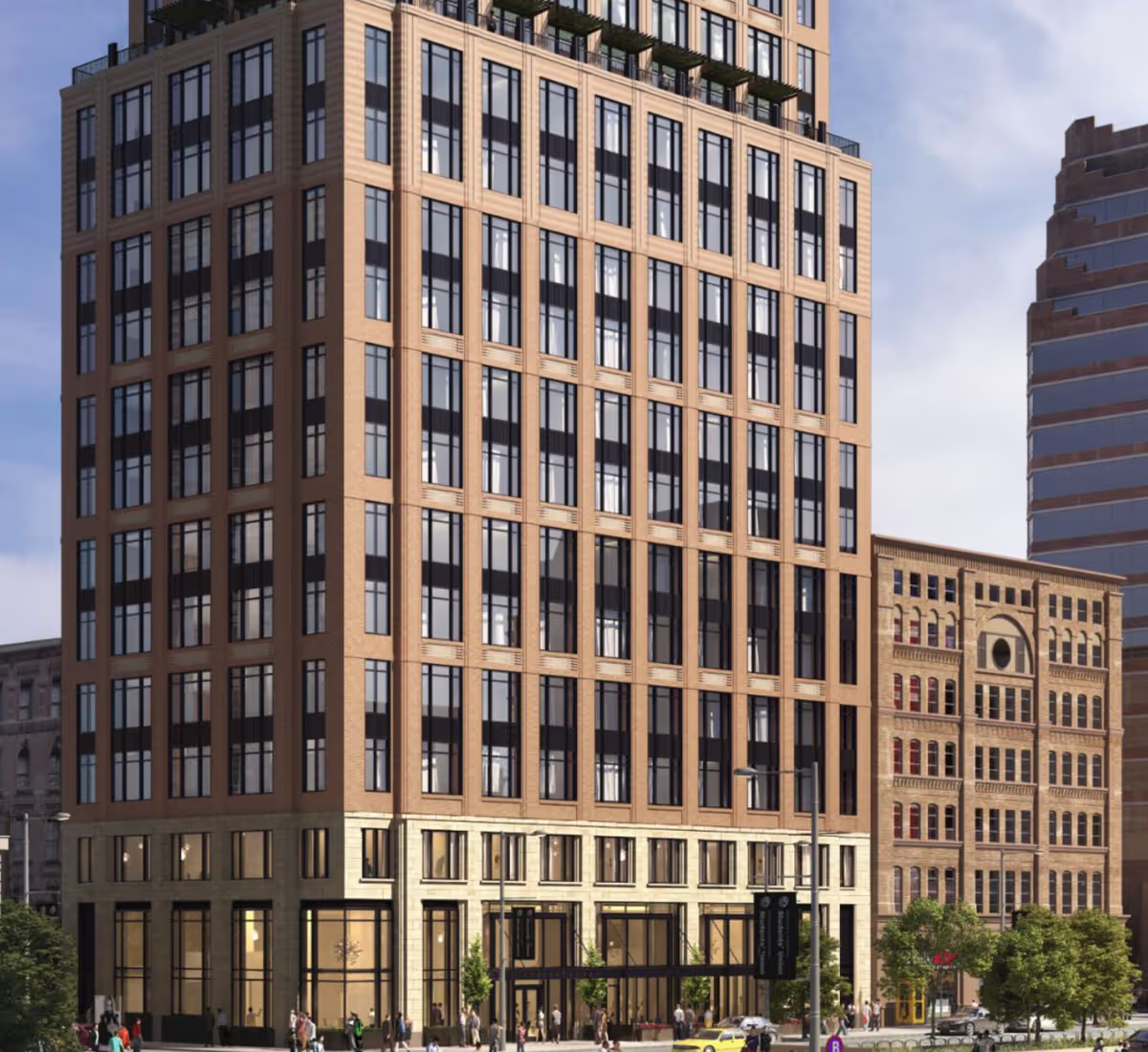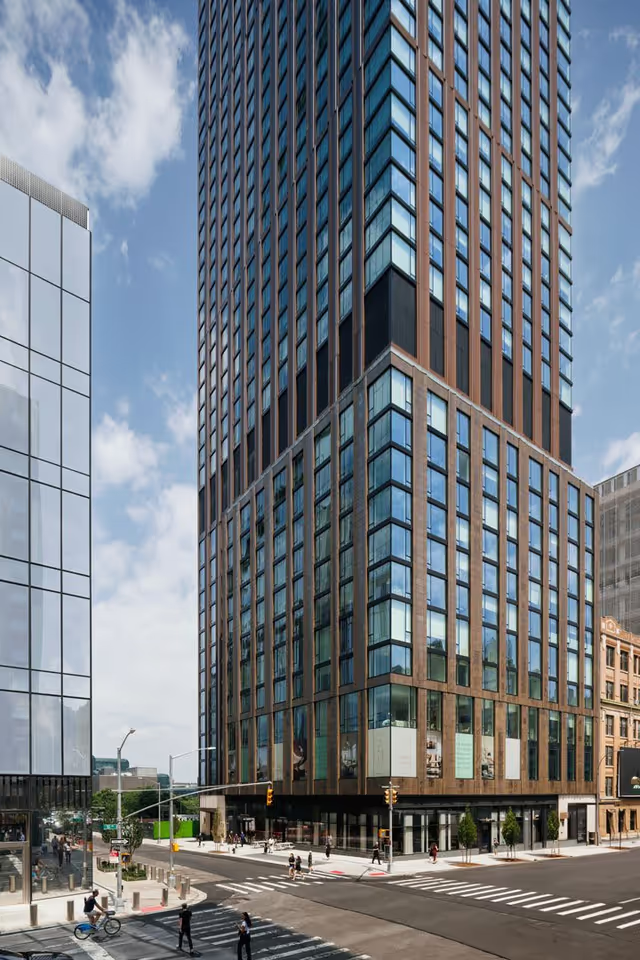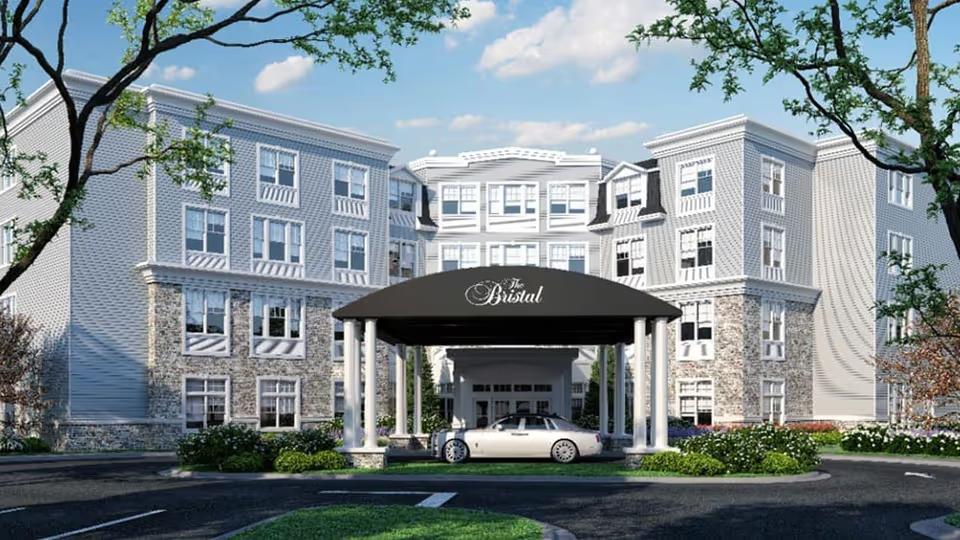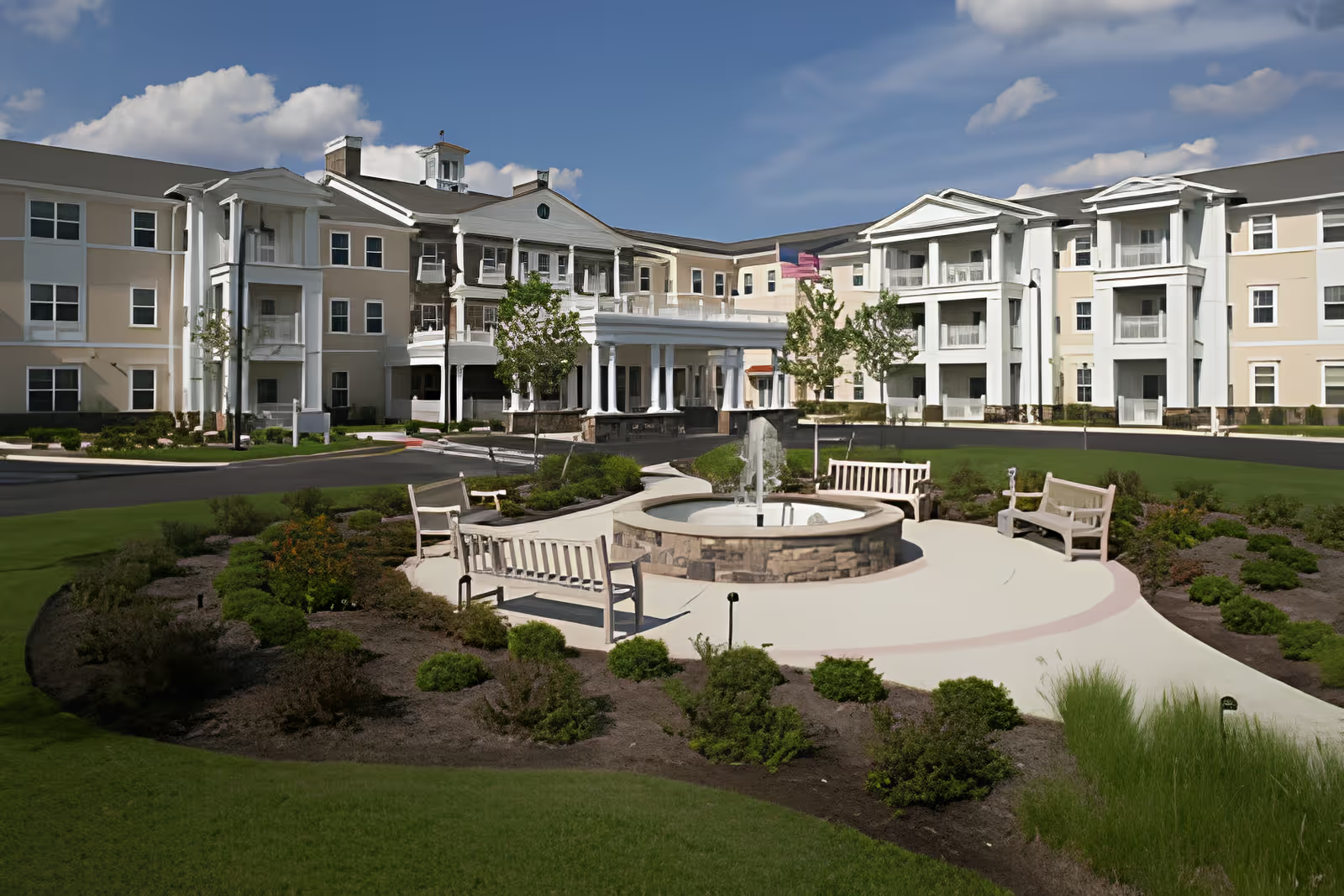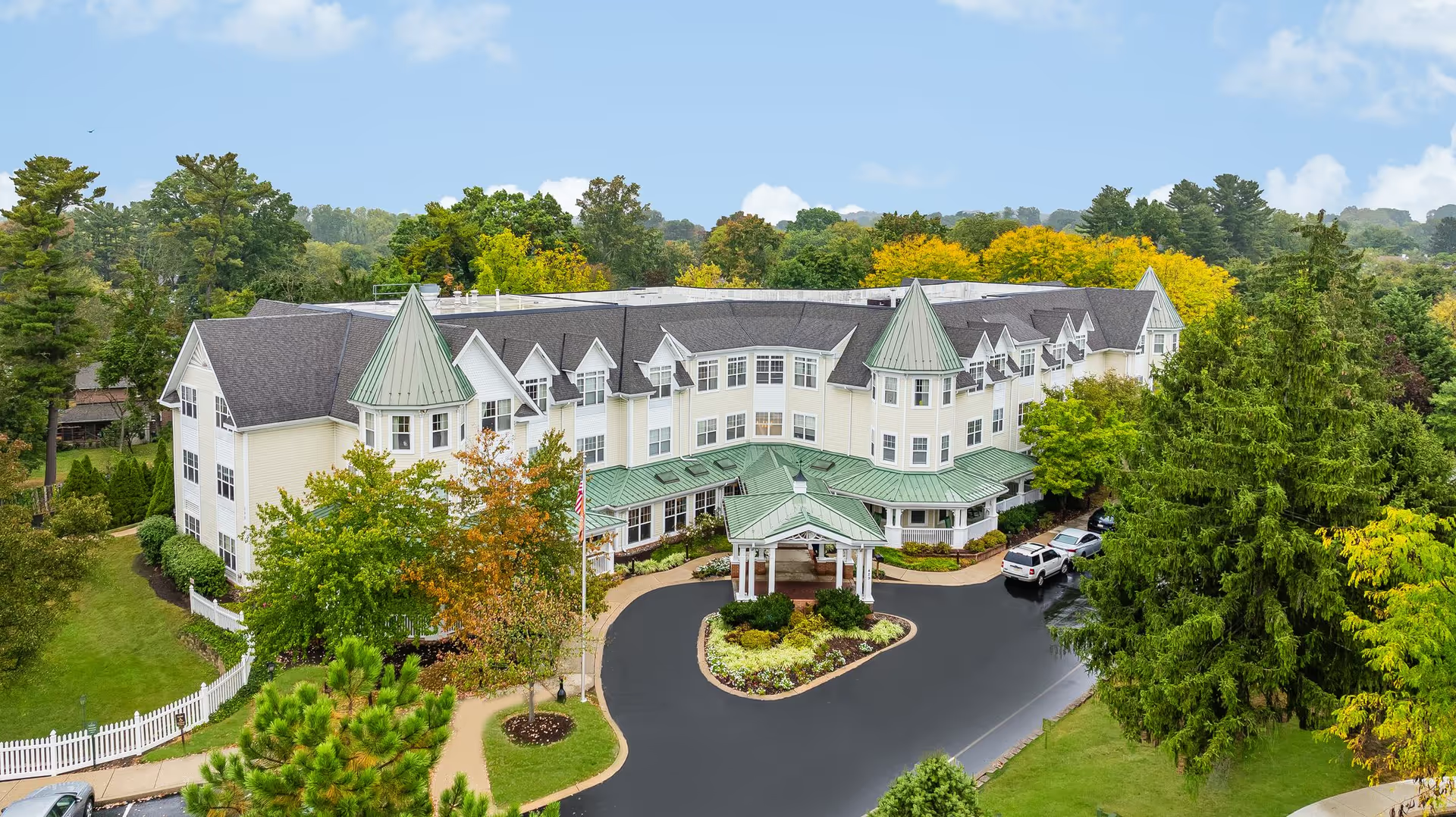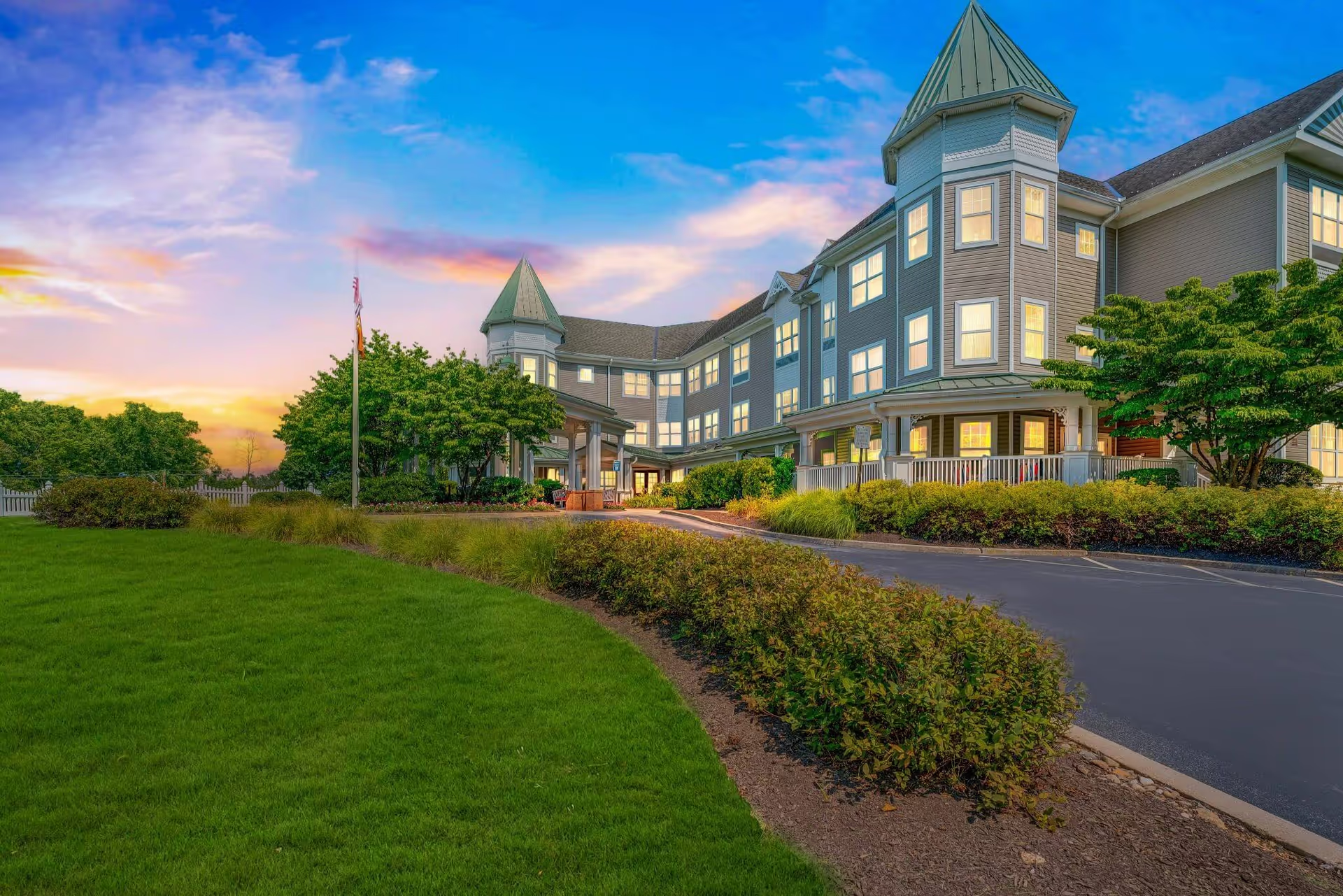Overall sentiment across the reviews is mixed but consistent in showing two major themes: many relatives and residents strongly praise the staff, therapy services, and certain operational areas, while a substantial minority report serious care, staffing, communication, and cleanliness issues. The facility frequently receives high marks for its rehabilitation program, compassionate and long-standing CNAs, friendly front-desk and admissions teams, visible department heads, and an environment that can feel modern and home-like. Numerous reviewers describe positive outcomes from therapy, active engagement in daily activities, spiritual support, excellent hospice care, and a sense that many staff "go above and beyond." These positive reports emphasize a core of skilled, dedicated employees — particularly in therapy, nursing leadership, and recreation — who foster social connections, safety, and measurable clinical improvements for residents.
However, the reviews also reveal recurring operational concerns that materially affect resident well-being. The most common negative theme is understaffing leading to slow or unresponsive care: long wait times for bathroom assistance and call-bell responses, CNAs described as overworked, and caregivers unable to meet timely needs. Several reviewers recount missed or disregarded medical complaints, inadequate monitoring (including for psychiatric or tube-fed patients), inconsistent medication orders, and at least one hospitalization from aspiration. These are serious quality-of-care issues and suggest gaps in clinical oversight, staff training, or staffing levels. Families also report instances of condescending or unprofessional behavior and variability in competence across shifts and units, creating an unpredictable care experience.
Cleanliness and maintenance present a mixed picture. Many reviewers praise a clean, well-kept facility, especially on admission or in certain units, while others document a decline over time: spills left on carpets and elevators, garbage not emptied, dust accumulation, malfunctioning ice makers and TVs, and slow maintenance response. Similarly, dining receives polarized feedback — some residents and families find the meals appetizing and staff attentive, whereas others report cold, soggy, carb-heavy food served tepidly with limited nutrition. These inconsistencies point to operational variability in housekeeping, dietary, and facilities maintenance that affects day-to-day resident comfort and dignity.
Communication and management responsiveness are uneven. Several reviews commend administration and department heads for visibility, helpfulness, and handling of concerns; others criticize administrators or charge nurses as unavailable, slow to communicate about changes in a resident's health, or deficient in Spanish-language communication. This unevenness extends to coordination with outside providers: reviewers noted restricted physician choice and the need for better coordination with psychiatrists and guardians. Social services staff are frequently praised for proactive casework, but gaps remain in keeping families consistently informed about clinical changes.
Privacy and safety issues arise in multiple reports. Specific complaints include beds placed by doors without privacy curtains, doors left open during care, rough handling, and hygiene lapses such as failure to bathe, urine in sinks, and delayed laundry. Fall incidents and reported declines after falls raise safety concerns. These items signal that although many staff are caring and dedicated, process and oversight improvements are needed to ensure resident dignity and safety at all times.
Patterns suggest that care quality can vary widely depending on unit, shift, and individual staff. This variability is why some families wholeheartedly recommend The Pines while others urge caution or say their loved ones would have been better cared for elsewhere. Recommendations implied by the reviews include increasing staffing levels (particularly for nights and peak toileting times), standardized and ongoing training for psychiatric and tube-fed patient care, clearer communication protocols for families and across shifts, stronger maintenance responsiveness, consistent dietary quality and temperature control, and measures to enhance privacy during personal care. Strengthening these operational areas while retaining and supporting the committed nursing, CNA, and therapy teams praised by many reviewers would likely reduce the negative variability and improve overall resident experience.
In summary, The Pines at Bristol Center for Nursing and Rehabilitation has demonstrable strengths: a highly regarded rehab program, many compassionate and experienced staff, engaging activities, and a generally welcoming, renovated environment in parts of the facility. At the same time, recurring and substantive concerns about staffing sufficiency, responsiveness, communication, cleanliness consistency, food quality, privacy, and some clinical oversights are present in a nontrivial share of reviews. Prospective residents and families should weigh the facility's strong rehabilitation and recreation offerings and many accounts of compassionate care against reports of inconsistent operational performance, and they may wish to ask targeted admission questions about staffing levels, medical oversight, privacy practices, maintenance response times, and language/communication supports to better predict the experience for their specific care needs.

